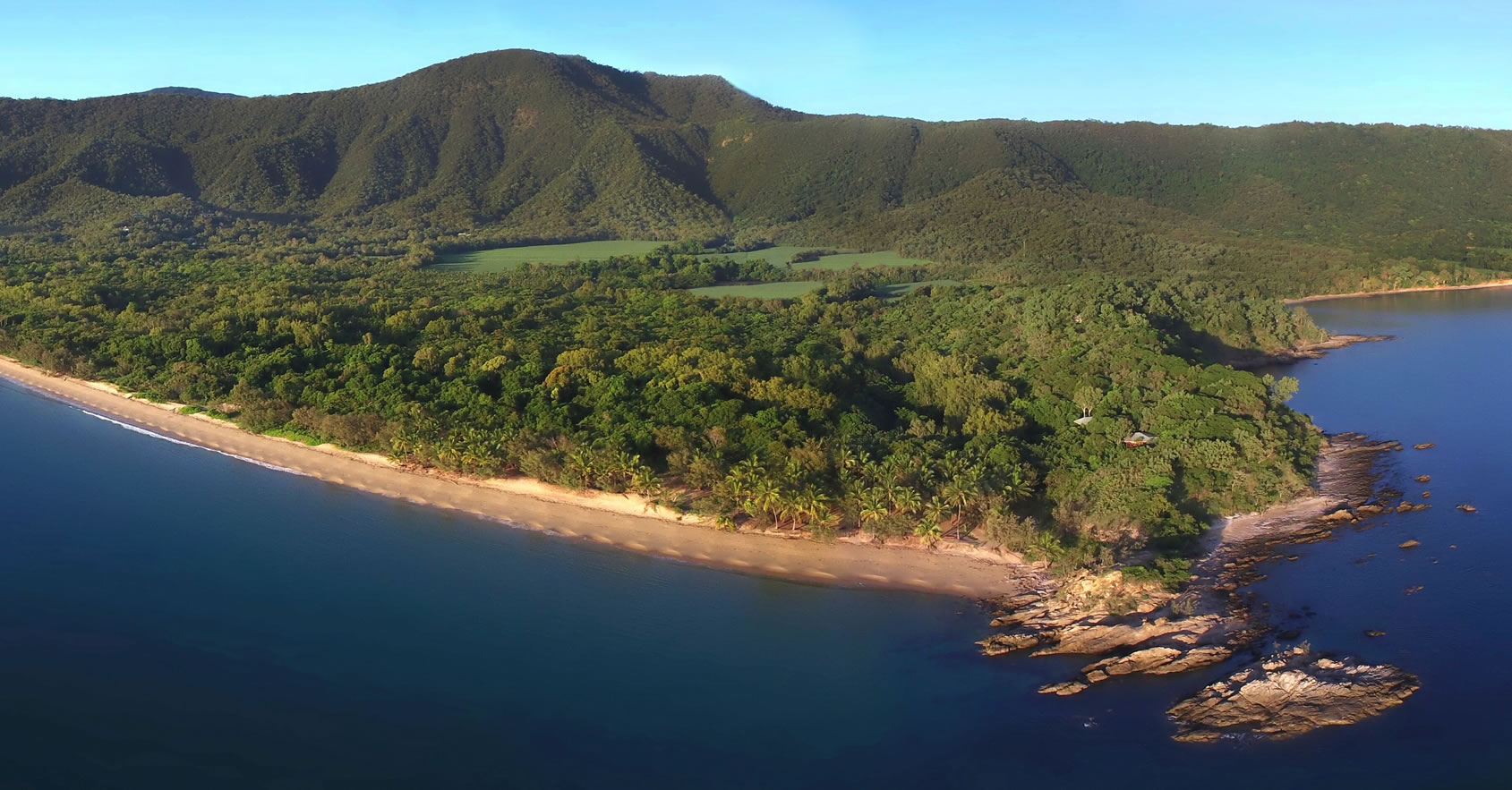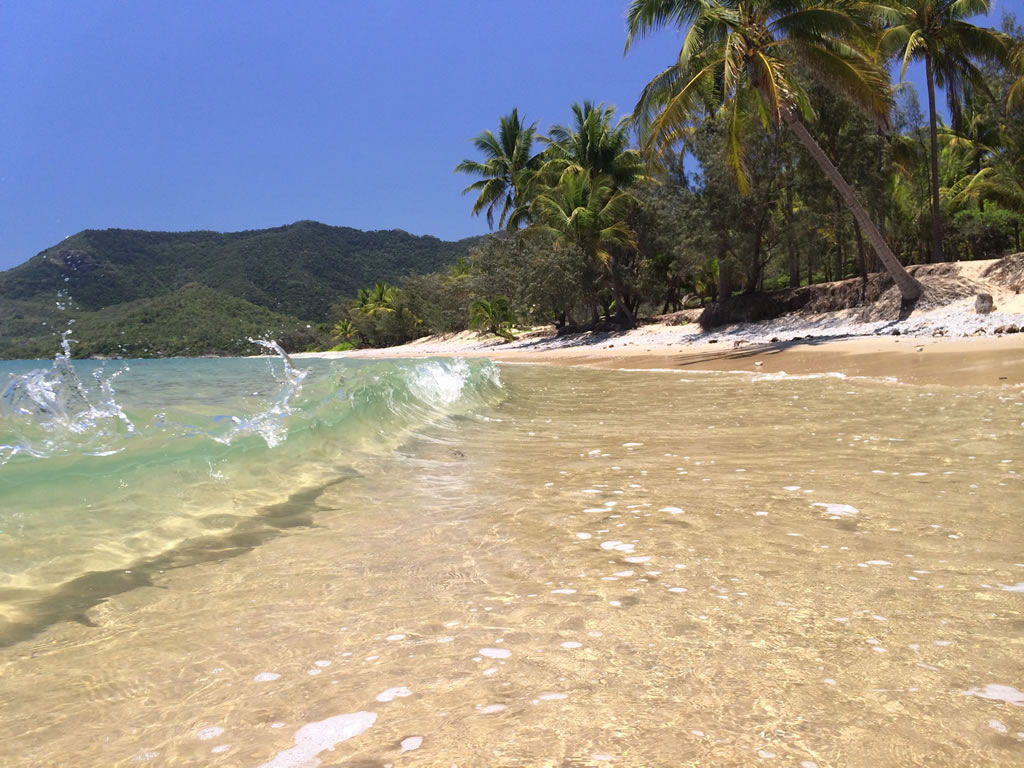
In the 1970s, Rob and Oonagh Prettejohn were living in Cairns. They had always loved the outdoors and were in awe of the array of flora and fauna that Far North Queensland offered. Raising their family on the land and sea, through education and experience the family were encouraged to appreciate the fine balance and co-existence between themselves and the natural environment.
Building on this passion, the couple designed, built and owned their first resort on the Northern Beaches of Cairns, Kewarra Beach Resort.
Familiar with seeing a vision appear literally “from the ground up” their son Seton Prettejohn was not surprised when Rob and Oonagh announced they were considering another block of farm land they owned (some 145 acres), a little further north.
Covered by bush, it was only 40 minutes from the local Cairns airport and had access to the most fabulous coastline. Their vision, to offer a resort that was based on eco principles with a bio-dynamic environment. Way ahead of their time and the current environmental trends, they believed that travellers would appreciate a resort that had minimal impact on the landscape, but still offered comfortable facilities and with the right design and build, spectacular views of the Coral Sea.
Seton said that once the land had been secured Rob embraced his surroundings, quite literally. He spent many a day and night on the site, accompanied only by his dog, visualizing from every angle and developing the concept in his mind. With the help of local architect Gordon McClymont he translated his vision onto paper. He wanted buildings designed with open plans, using natural materials such as stone and timber that would complement the surrounding landscape. His dream? To ensure this bushland would one day not only be recognised but used as a model for eco resorts of the future across the globe.
With their experience from Kewarra Beach Resort a few years earlier, the family understood it was important to be considerate of the local people. They wanted to keep impact to a minimum, be respectful of the wildlife and native plants and ensure the environment continued to flourish for everyone to enjoy.
Opening its doors to guests in May 1998, the Thala Beach Nature Reserve (as it is now known) now sits spectacularly atop a peninsula with breathtaking views of untouched coastline and is testament to a family’s vision, hard work and sustainable practices.
In more recent times it was invited to join the exclusive ranks of membership to the National Geographic Unique Lodges of the World, one of only five granted to an Australian eco-retreat.
In boasting the highest advanced eco-tourism accreditation, its accommodation encompasses bungalows raised on poles, designed for minimal impact on the landscape. It offers tours run by on-site rangers, beach discovery, nature, garden, bird and butterfly walks; and the elders from the Kuku Yalanji people visit for cultural presentations.
To complement its uniqueness, about 120 butterfly species and some 200 bird species have been spotted at Thala. Agile Wallabies, Spectacled Flying foxes, and Green Tree Frogs too and for a fortunate few a sighting of marine life such as a turtles on the Coastal walk.
Port Douglas Magazine had the opportunity of talking to Seton Prettejohn, the Digital Marketing Manager and son of owners Rob and Oonagh about the past, present and future.


